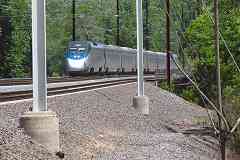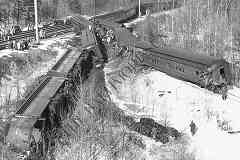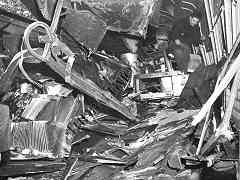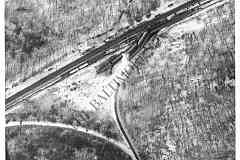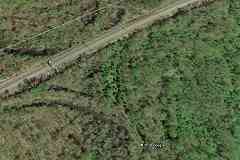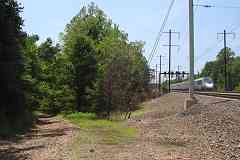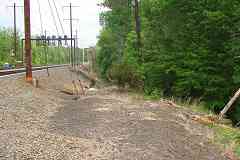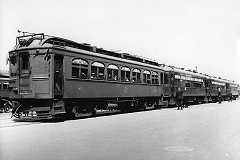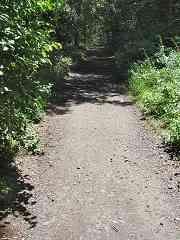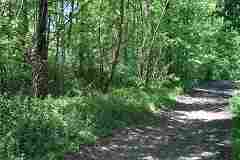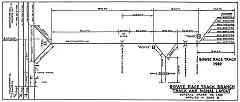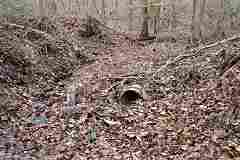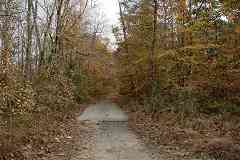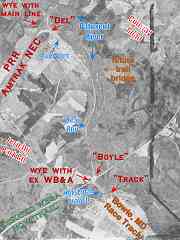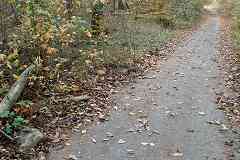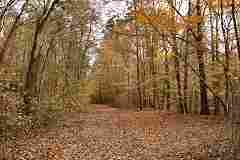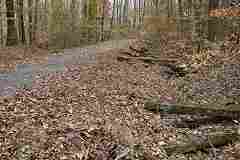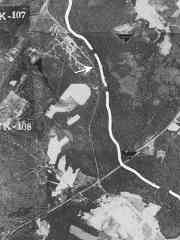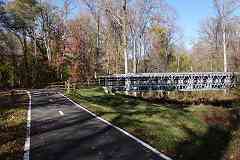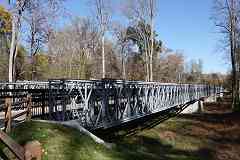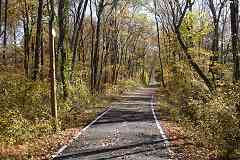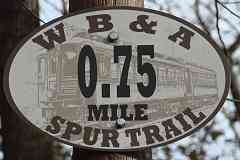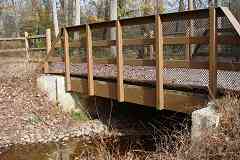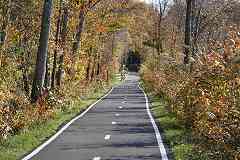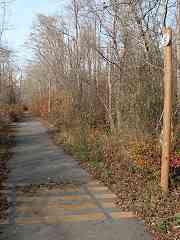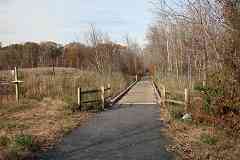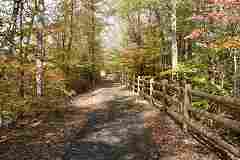|
WB&A provided special service to the race track via 4-car trains like
this. This photo may have been snapped near White House Station, then
outside downtown Washington, where full 4-car trains could be assembled
without violating the city's 2-car limit.
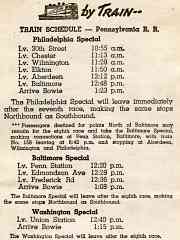 A 1953 PRR schedule (at right courtesy collection of Frank A. Wrabel) shows a
race-day train arriving at Bowie 2.5 hours after departing Philadelphia, with stops at Chester (PA), Wilmington (DE), Elkton (MD),
Aberdeen and Baltimore. The trip from Baltimore took 35 minutes. From Penn
Station, the Baltimore Special stopped at Edmondson Avenue and Frederick Road,
arriving after 48 minutes. The non-stop trip aboard the Washington Special from
Union Station took 35 minutes.
A 1953 PRR schedule (at right courtesy collection of Frank A. Wrabel) shows a
race-day train arriving at Bowie 2.5 hours after departing Philadelphia, with stops at Chester (PA), Wilmington (DE), Elkton (MD),
Aberdeen and Baltimore. The trip from Baltimore took 35 minutes. From Penn
Station, the Baltimore Special stopped at Edmondson Avenue and Frederick Road,
arriving after 48 minutes. The non-stop trip aboard the Washington Special from
Union Station took 35 minutes.
By 1971, the Baltimore Special had been merged into the Philadelphia Special,
which required 3 hours and 11 minutes from Philadelphia. The round trip fare,
with Bowie admission, was $13.25. Racegoers from New York would depart at
8 AM then change for the special at Philadelphia around 10 AM.
|
